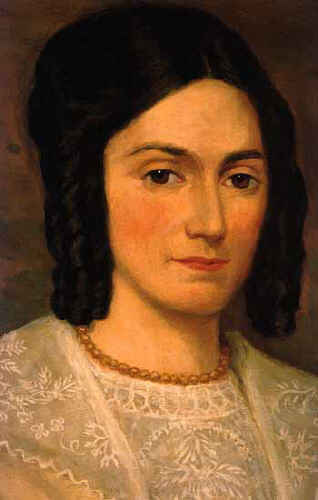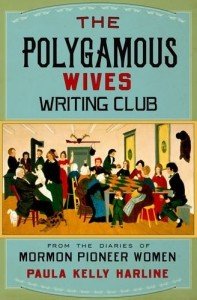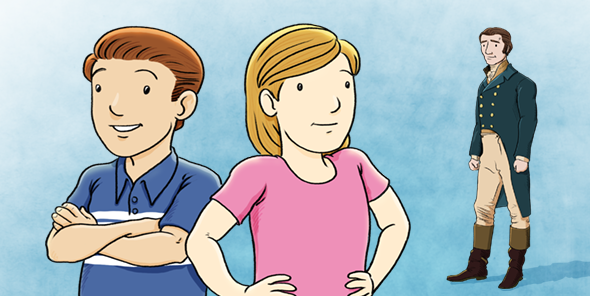Having shot themselves in the foot during General Conference, Kate Kelley and her Ordain Women crew have decided to offer up their other appendages in a never ending effort to keep themselves relevant. However, their new focus portends to be even more dangerous to the foundation of the Church.
The OW are now moving their focus onto May 15th and the annual celebration of the Aaronic Priesthood restoration. In conjunction with this effort, they offer us 6 upcoming discussions/lessons on female ordination.
Boy, aren’t we the lucky ones?
In a world with so many real problems going on, where there is an acute need for service, caring, and uplifting, where there is hunger and suffering, do we really have to continue listening to wealthy and pampered liberal lawyers and their friends opine about not being able to purchase the priesthood?
I’m all for freedom of speech, but I’m also for maintaining the dignity of the Church. Turning sacred events and concepts into media circuses has been very effective by liberals in other churches to liberalize their doctrine. Recently, Geoff B asked why the Episcopalian Church is near collapse. The answer lies in the political machinations of a few very liberal people, such as Bishop John Spong, who moved the focus off of faith in Christ and keeping commandments, to a new liberal theology.
This liberal theology made huge inroads into the Catholic Church, until Pope/Saint John Paul II stood up against the local priests, who were replacing God with communism. This liberal theology has divided the Episcopalians and caused a loss of over 1 million members. The Community of Christ (formerly RLDS) have seen a flood of people leave their ranks over similar issues.
What Kate Kelley and others like her demand is not a revelation from God approving their personal inspiration, but rather they seek to replace God and prophets with an Episcopalian version of the Restoration.
Even more dangerous than their marches on Temple Square, their new effort includes inviting people to be indoctrinated in 6 easy “discussions”. Yes, 6 lessons. (Isn’t it a coincidence that the missionaries also teach 6 discussions?).
While the discussions are not yet available, it will be interesting to see how much the discussions tend towards doctrine, versus the “philosophies of (wo)men.”
Other religions are collapsing because of such attempts at steadying the ark. Yet, OW does not yet see the danger they put forth to the Church. If every person who disagreed with something in the Church teachings were to create a political movement within the Church itself, we would eventually see the Restoration fall apart. Righteousness would be replaced with good intentions. Temples would no longer be sacred and holy sanctuaries, but would be beautiful, but empty cathedrals (as the Episcopalians now have). The work to prepare the world for the 2nd Coming would grind to a halt, as members cease to lose themselves in the work of the Lord, and begin to publicly focus on their own selfish wants instead.
Instead of a Church of selfless servants, Peters and Marys; we would have a Simon Magus social club.
I am thankful for the Priesthood. I am very thankful for the Sisters and Brothers in the Church, who quietly serve others within the power and authority of that priesthood. I am saddened by those who would trade their birthright for a mess of pottage.



